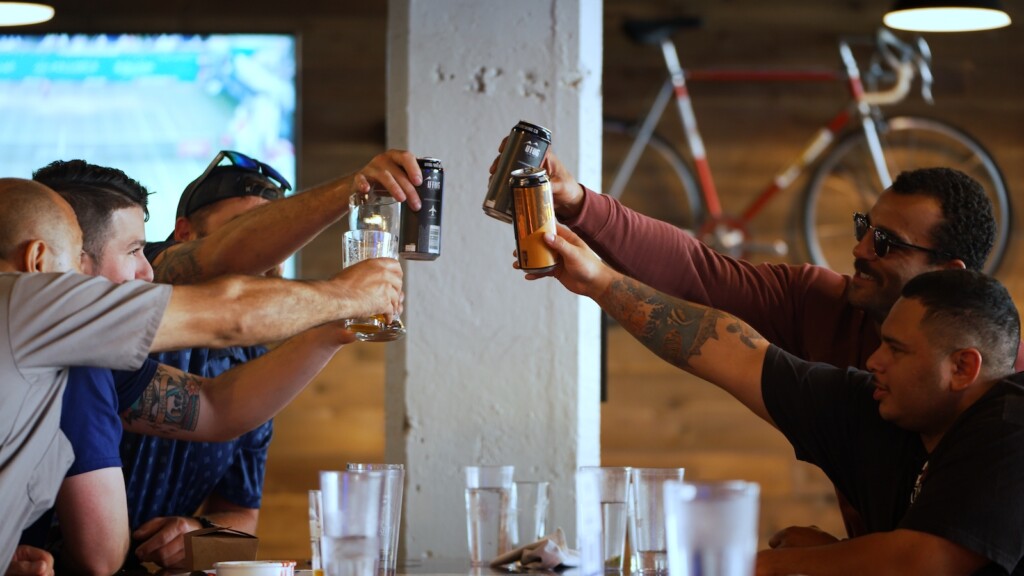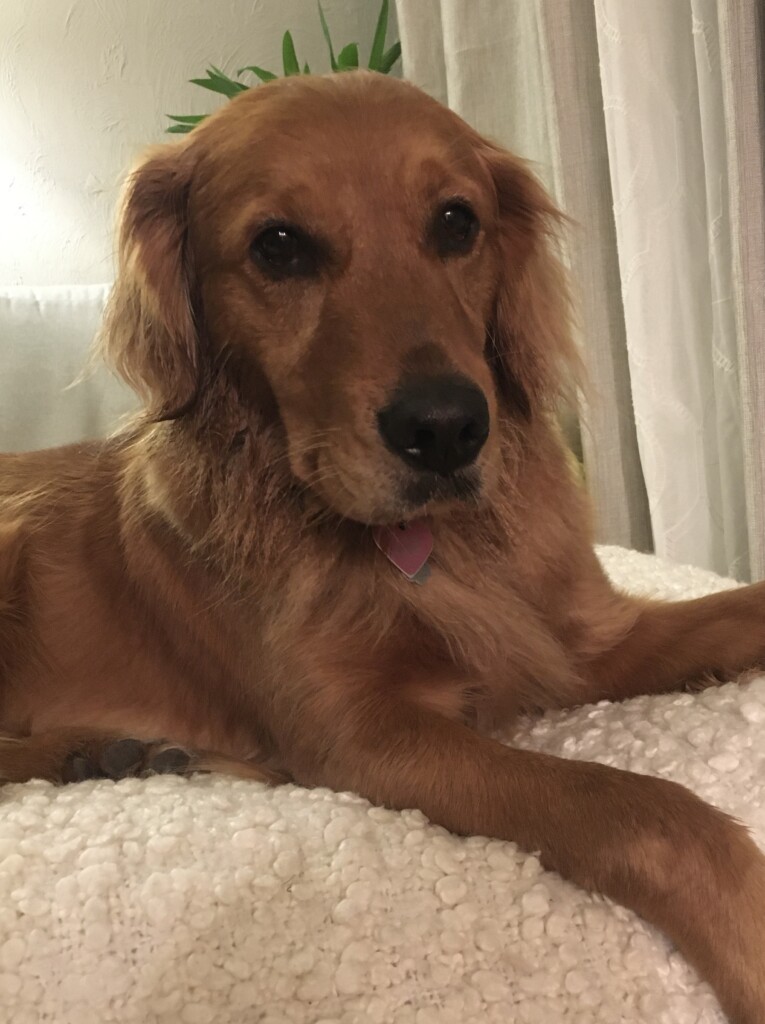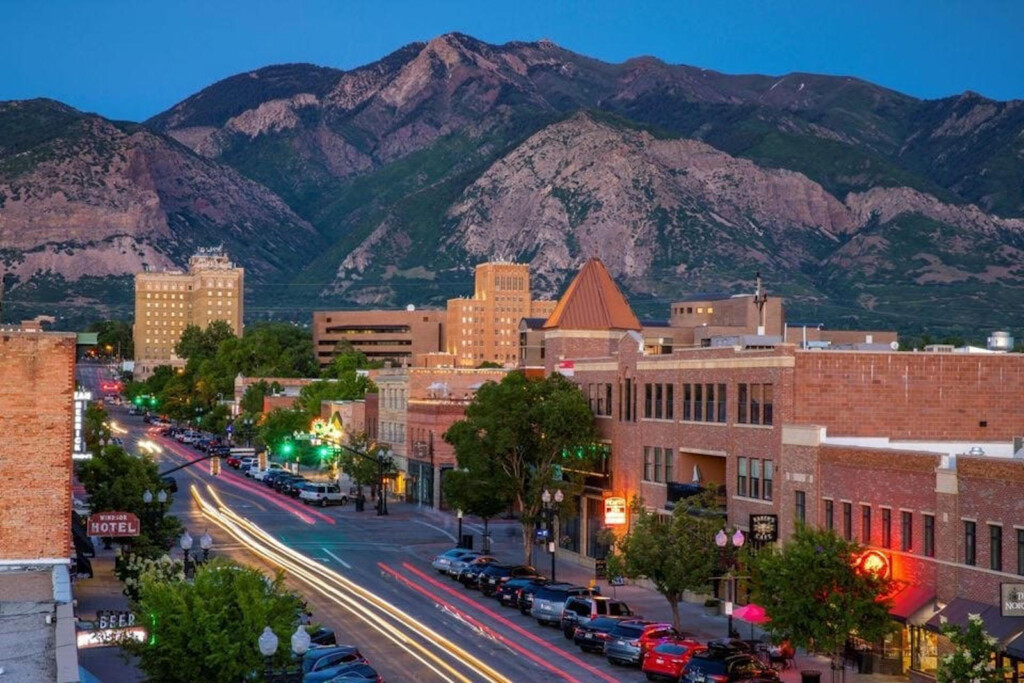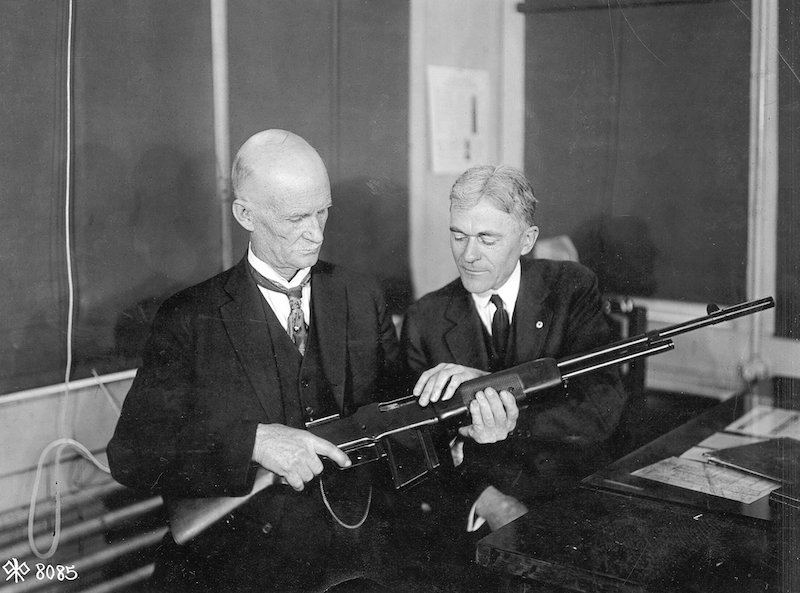
Utahns love their guns, and they have John Moses Browning to thank for it. Browning was a renowned and influential firearms designer responsible for developing numerous varieties of military and civilian firearms, many of which were so impactful that they are still in use today. Nearly every type of gun has Browning’s fingerprints engrained in its history somewhere, and similarly, nearly every part of Ogden does, too.
Browning arrived in Utah with his father in 1852, along with thousands of other Latter-day Saints during the Pioneer exodus from Illinois. Bill Rembacz, Browning enthusiast and guide at the Browning Firearms Museum, says, “He came here, to Salt Lake City first. They already had a blacksmith and a gunsmith, so he went to Ogden.”
Browning’s father taught him basic concepts but encouraged him to experiment and create on his own. “He worked with his dad. He had no formal training. One of his customers gave him a rifle barrel that was broken, and his dad had a scrap pile. One day his dad gave him the barrel and said, ‘Make a gun and you can have at it,’” Rembacz says. “When he built the first gun, he went hunting with it and shot supper that night: three grouse.”
Browning went on to establish the Browning Arms Company, which employed his brothers and produced designs that spread well beyond Ogden. Browning was a trailblazer in the world of firearms and a genius in his own right. “They say he had a 3-dimensional brain. He could be talking to you and designing a gun at the same time,” says Rebacz.
The Browning Model 1878 Single Shot Rifle design was purchased by Winchester for $8,000 in 1879. At that time, no financial institutions in Ogden had ever seen a sum of money that large. Browning continued a partnership with Winchester for several years, designing rifles and shotguns, one of which was the Model 1892. This was the last black powder gun Browning ever designed, because the evolution to smokeless powder had begun.
During this change in the gun production business, Browning designed the Model 1893 as the first attempt at a firearm equipped for smokeless powder. According to Rembacz, this was one of few failed designs for Browning. There was a specific process the Browning Arms Company used for creating a gun to patent and sell. Browning would draw the gun on paper to his specifications, which would be handed off to one of his brothers to have a prototype built. The prototype would be tested and adjusted accordingly until the design was perfected.
The Model 1893 never made it past the prototype stage, because the barrel would split each time it was shot. The prototype was in the hands of Fabrique Nationale de Herstal of Belgium, until somehow, someone else acquired it. Shortly after the opening of the Browning Firearms Museum in Ogden, a supposed Model 1893 showed up for sale in a magazine. It was sold back to the Browning Corporation and was proven to be the true prototype, which now lives in the museum, but its entire journey from Fabrique Nationale to Ogden is unknown.
The Browning Corporation building in Ogden provided more information into the life and pursuits of the Browning brothers and Browning’s son, Val.
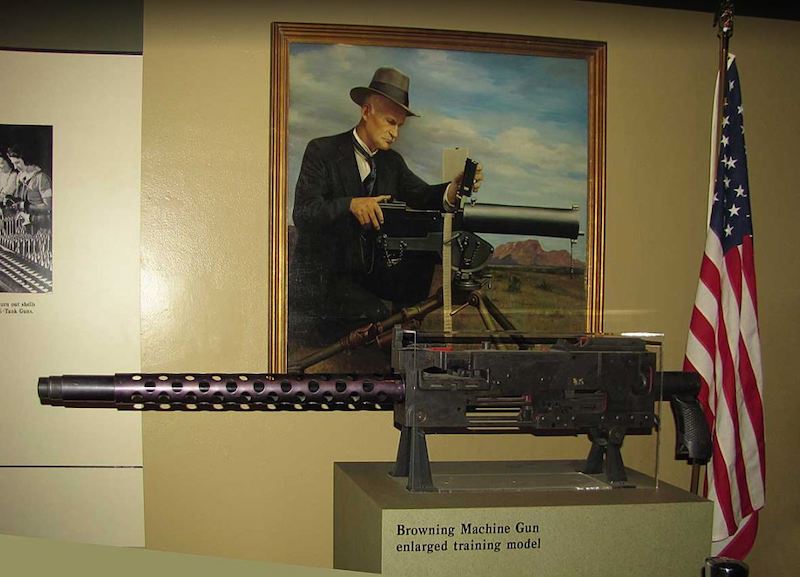
Michael Oates, also a guide at the Browning Firearms Museum, says that many pieces of equipment in the museum were acquired nearly 30 years after they were shoved to the side of the second floor and hidden behind a false wall prior to the Browning Corporation building being sold. During inspections, the new buyers discovered the false wall and broke it down to find loads of original Browning equipment and machinery preserved inside.
Both Oates and Rembacz share the sentiment that visitors have, who travel from distances far and wide, simply to see the Browning Firearms Museum. Gunsmiths and firearm buyers across the world know of Ogden because of Browning’s fame, and gunsmithing courses still study him, his designs, and his many innovations in their classes.
Browning’s home still sits in the city, the original Browning Co. painted signage remains on the original workshop, and the legacy of the revolutionary stamp Browning made on the world of firearms will forever be rooted in Ogden.
RELATED CONTENT
Jefferson, Hamilton and Marriner Eccles
Moab, Utah: Uranium Boom Led to One of the Most Vibrant Towns in Utah
Helper, Utah: This Old Train Town Isn’t Just A Whistlestop Any More
Salt Lake’s Early Days: Prostitution in Utah
San Rafael Secrets: What Did Madame Marie Curie Do in the Middle of a Utah Desert?
SUPPORT LOCAL JOURNALISM AND SUBSCRIBE TO PRINT MAGAZINE
Subscribe to Utah Stories weekly newsletter and get our stories directly to your inbox



